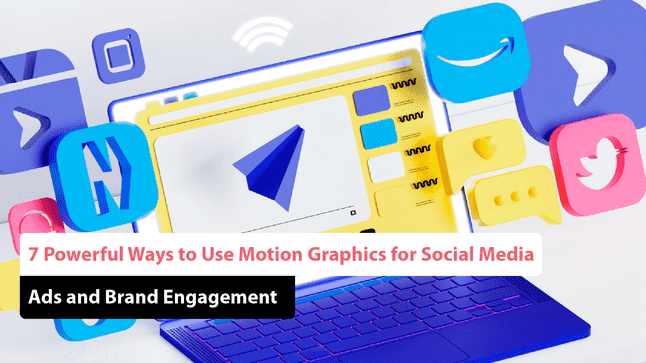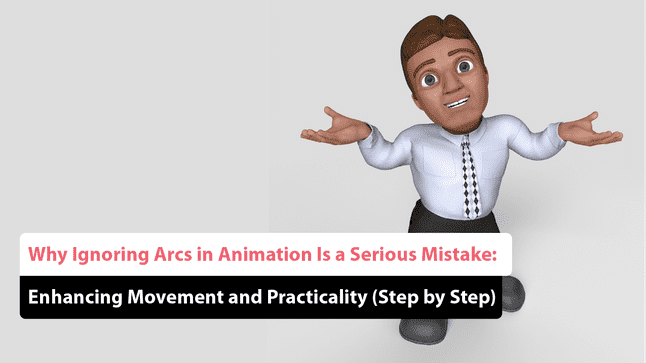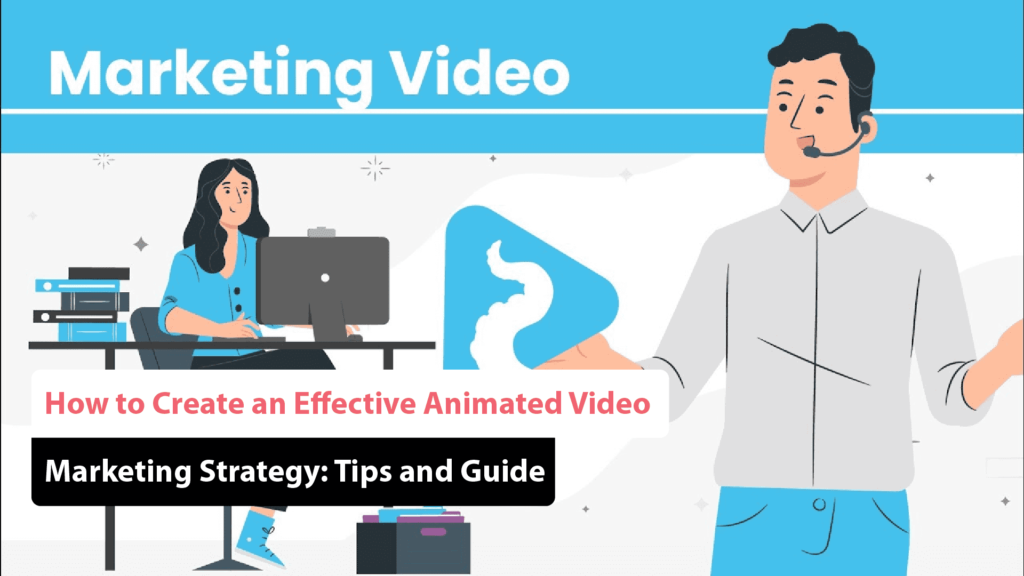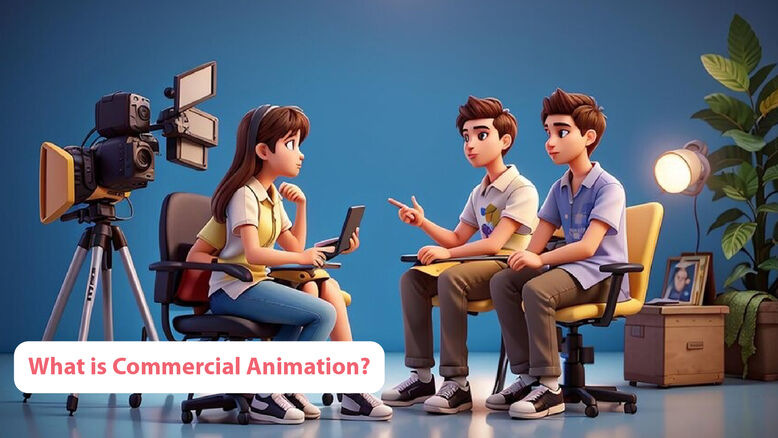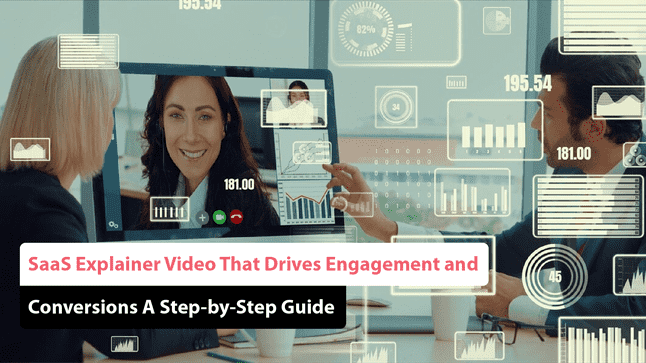7 Powerful Ways to Use Motion Graphics for Social Media Ads and Brand Engagement
Looking to stand out on social media and create your digital marketing game? You’re in luck! Today, we’re diving into the world of motion graphics for social media an impactful way to transform your content strategy. Far from being just another trend, motion graphics are a game-changer for capturing attention and enhancing your online presence. Picture yourself scrolling through a feed and suddenly encountering vibrant animations that immediately draw you in. That’s the magic of motion graphics. These dynamic visuals not only boost engagement but also improve content retention. Whether you’re announcing a milestone, showcasing a new product, or sharing a quick tip, motion graphics can creatively convey your message on any platform, from Instagram to Facebook. And with the right visuals, your brand message becomes memorable, drawing audiences back time and again. Ready to explore the possibilities? This guide will walk you through 7 ways to use motion graphics for maximum impact on social media. Discover how this tool can reshape your strategy and drive measurable results! 7 Ways to Use Motion Graphics for Social Media Excited to discover 7 powerful ways to leverage motion graphics on social media? Let’s dive in and boost your online presence! Motion graphics bring your content to life, capturing attention and driving engagement like never before. With these creative techniques, you’ll not only create your brand’s visibility but also make a memorable impact that keeps audiences coming back for more. Ready to transform your social media strategy? 1. Build Anticipation for Upcoming Events: Use animation on social media to generate excitement and curiosity for upcoming events. Instead of relying on static visuals cluttered with text, animated content offers a dynamic way to convey event details. This approach engages your audience quickly and effectively, keeping them intrigued. Animated posts stand out in feeds, grabbing attention instantly and creating a sense of urgency. Integrating countdowns or teasers can further heighten interest, encouraging more participation. 2. Express Your Brand Values: Effectively communicating your brand values to your audience is crucial. Incorporating animation into your social media strategy allows you to creatively express these values. An animated marketing video guide can help you create visually captivating content that conveys your brand message with clarity and impact. Animations break down complex brand concepts into simple, engaging visuals, making your values easy to understand. They also offer a unique visual language that strengthens brand recognition and consistency. 3. Highlight Key Message Elements: Not all social media videos need to be lengthy to get the message across. Simple, engaging animations can highlight essential points, making them memorable. Consider adding a relatable character or focal elements to make your message resonate and stick with your audience. Keeping animations focused ensures the main message is clear, while bold visuals enhance retention. A well-designed central character can also build a lasting connection with viewers, reinforcing brand loyalty. 4. Create Engaging Tutorial Videos: Motion graphics tutorials for social media highlight actions and essential information effectively. Animated tutorials are often more cost-effective than live-action videos and allow for creative storytelling. By adding text and voiceover, you can simplify complex concepts, making them easy for viewers to grasp. Animated tutorials are versatile, letting you update content easily as products evolve. They’re also ideal for engaging viewers who prefer concise, visually driven learning formats. 5. Animate Festive Greetings: Festive greetings are a great opportunity to stand out on social media. Animated greetings such as fireworks or a humorous character add a memorable touch to your posts. These animated elements quickly catch attention, helping your audience feel connected to your brand’s celebratory spirit. Festive animations convey warmth and appreciation, fostering brand affinity. Customized greetings also help make your brand a go-to source for seasonal cheer, boosting social engagement. 6. Share Your Brand’s Achievements: Showcasing your brand’s successes is just as important as promoting products. Highlighting achievements builds trust and boosts your brand’s reputation. Fun motion graphics with the right voiceover can keep viewers engaged while subtly reinforcing your brand’s accomplishments in their minds. Celebrating wins helps humanize your brand and strengthens its image as a leader. Incorporating milestones and awards adds an extra layer of credibility and appeal. 7. Announce New Product Features: Social media is an ideal platform to introduce new product features. Use trending animation and motion design techniques to present your product updates appealingly. By incorporating current trends, your videos will feel fresh and relevant, resonating more effectively with your audience. Animated product features showcase value quickly, enhancing viewer interest and understanding. Staying current with design trends ensures your brand appears modern and attentive to user preferences. Bonus Tips for Creating Animated Social Media Posts to Enhance Your Brand’s Visibility and Engagement Now that you’re familiar with some essential strategies, did you know there are bonus tips to explore? Let’s uncover them! These additional insights can further enhance your efforts and maximize the impact of your motion graphics. Get ready to create your social media game with these valuable recommendations. 1. Stay True to Your Brand Colors: Consistency with your brand colors is essential for maintaining a strong identity. Avoid introducing new colors in your social media content, as this can confuse your audience and dilute your brand image. Sticking to your established color palette reinforces your brand’s visual recognition and ensures it remains memorable. Explore examples of animated social media posts online to see how effective color consistency can enhance brand recall. 2. Utilize Text Wisely: Text plays a vital role in social media motion graphics, but knowing how much to include is crucial. Overloading your visuals with text can lead to confusion and disengagement. Keep your messages concise and easy to read, using simple language that resonates with a broad audience. Aim for clarity and impact, ensuring your text complements rather than overwhelms your visual content. 3. Incorporate Engaging Voiceovers: Selecting the right voiceover can create your animated content significantly. Focus on the tone and delivery style to ensure it aligns with your brand’s personality. High-quality voiceovers, combined with text and motion
